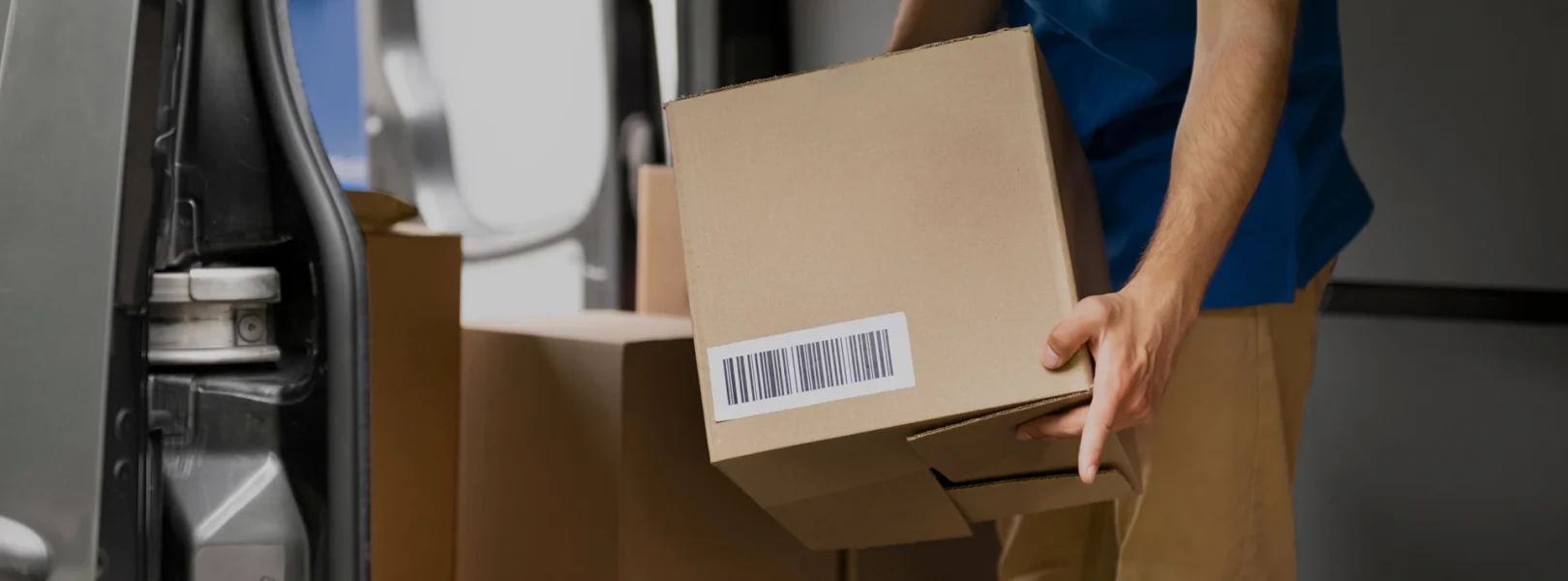Key Strategies for Optimizing Last Mile Delivery
JANUARY 24

The last mile of delivery is the final part of a package’s journey from the transportation hub to the customer’s doorstep. It is critical and challenging. It has a direct effect on customer satisfaction and contributes significantly to shipping expenses. Due to the growth of e-commerce and growing customer expectations for prompt and dependable delivery, businesses now emphasize last-mile delivery optimization. This essay will discuss the difficulties of last-mile delivery and offer practical solutions to increase its effectiveness.
Challenges in Last Mile Delivery
Understanding the obstacles in last-mile delivery is the first step toward optimization. Here are some of the common challenges:
- High costs. The last mile accounts for up to 53% of total shipping costs due to factors like fuel, labor, and inefficiencies.
- Traffic congestion and routing issues. Deliveries in urban areas face delays due to traffic, while rural areas present routing complexities.
- Failed deliveries. Missed deliveries, incorrect addresses, or absent recipients increase costs and delay timelines.
- Rising customer expectations. Consumers demand faster delivery times, real-time tracking, and flexible delivery options.
- Environmental concerns. The increase in delivery vehicles contributes to emissions, prompting the need for sustainable practices.
- Scalability issues. Handling surges in demand, especially during peak seasons, can strain existing delivery networks.

Strategies to Optimize Last-Mile Delivery
Leverage Advanced Route Optimization Tools
Investing in technology that uses AI and machine learning to plan optimal delivery routes can significantly reduce delivery times and fuel costs. These tools factor in:
- Traffic patterns
- Weather conditions
- Delivery time windows
Pro tip: Use GPS-enabled route optimization software to provide drivers with real-time updates and alternative routes.
Implement Delivery Management Software
Delivery management platforms offer such options as automated scheduling, real-time tracking, and electronic proof of delivery. These systems streamline operations and enhance visibility.
Key benefits:
- Improved customer communication with accurate ETA notifications
- Enhanced accountability with digital signatures and delivery photos
Adopt a Micro-Fulfillment Strategy
Micro-fulfillment centers (MFCs) are small, localized warehouses situated closer to customers. They enable faster and more cost-effective deliveries, especially for same-day or next-day orders.
Example: Retailers can repurpose underused retail spaces into MFCs to serve nearby customers.
Offer Flexible Delivery Options
Giving customers choices in delivery methods and times improves satisfaction and reduces missed deliveries. Common options include:
- Time-slot deliveries
- Pickup from local lockers or stores
- Same-day or next-day delivery
Pro tip: Allow customers to change delivery preferences post-purchase to reduce failed deliveries
Partner with Local Delivery Providers
Collaborating with local couriers or crowdsourced delivery services can enhance scalability and reduce costs. These partners often have better knowledge in the area and can adapt quickly to the changing demand.
Utilize Electric and Autonomous Vehicles
Switching to electric delivery vans reduces fuel costs and carbon emissions. Additionally, autonomous delivery solutions like drones or robots are gaining traction for their efficiency and sustainability.
Future outlook: Amazon, UPS, and FedEx are already piloting drone deliveries in select markets.
Invest in Real-Time Tracking and Communication
Real-time tracking systems improve transparency and allow customers to monitor their deliveries step by step. Automated notifications via SMS or email keep customers informed about delays or changes.
Consolidate Deliveries
Batching deliveries for the same area reduces trips and optimizes vehicle utilization. This is especially useful in densely populated urban areas.
Pro tip: Use data analytics to identify delivery trends and consolidate orders more effectively.
Focus on Data Analytics
Analyzing delivery performance data helps identify inefficiencies and areas for improvement. Key metrics to monitor include:
- On-time delivery rate
- Cost per delivery
- Delivery success rate
Actionable insight: Regularly review performance reports to make data-driven decisions and adapt to changing customer demands.
Enhance Driver Training and Support
Well-trained drivers are crucial to efficient last-mile delivery. Provide ongoing training on:
- Safe and fuel-efficient driving
- Customer service best practices
- Handling unexpected challenges
Additionally, equipping drivers with user-friendly mobile apps ensures seamless communication and task management.

Benefits of Optimizing Last Mile Delivery
By implementing the above strategies, businesses can achieve:
- Cost savings. Reduce fuel, labor, and operational expenses.
- Improved customer satisfaction. Faster, reliable deliveries and transparent communication build trust and loyalty.
- Competitive advantage. Businesses that excel in last-mile delivery can attract more customers and stand out in the market.
- Environmental sustainability. Adopting green practices like electric vehicles and route optimization reduces emissions.
Conclusion
In today’s logistics environment, achieving customer expectations, keeping costs under control, and maintaining competitiveness all depend on optimizing last-mile delivery. By leveraging technology, adopting innovative strategies, and prioritizing customer satisfaction, businesses can turn last-mile delivery into a key differentiator. To advance your last-mile operations, begin by identifying your unique issues and putting the above solutions into practice.
Back to Blog

